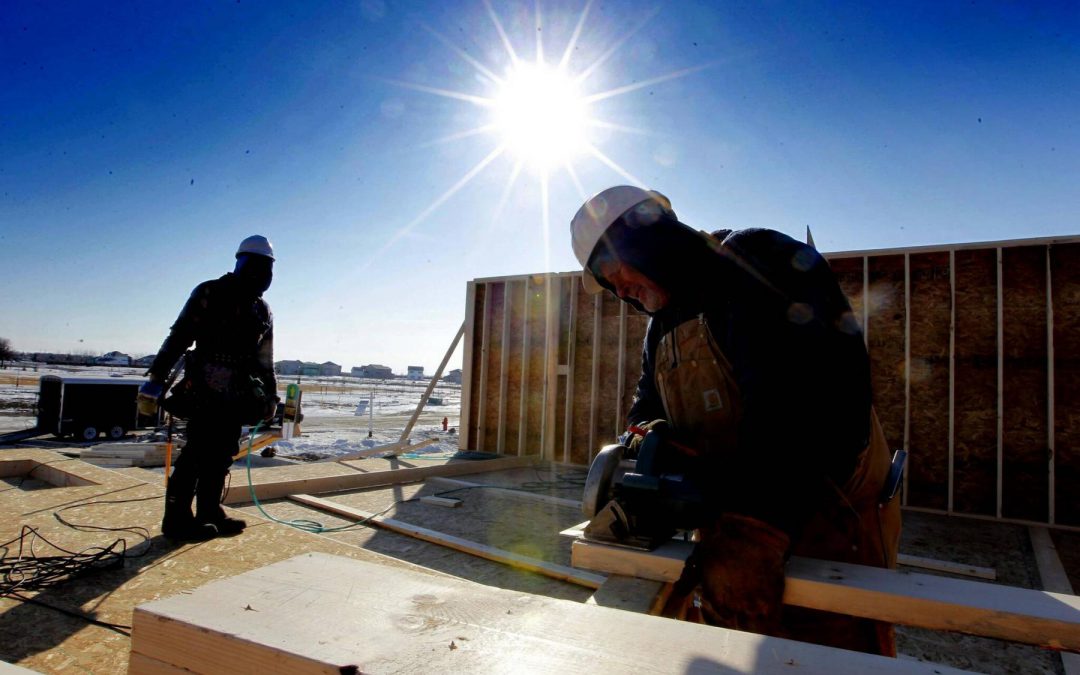OK, construction has begun, when can we move in?
By Lanny McInnes
Date Posted: August 06, 2022
An important question that most new homebuyers ask when looking at building a new home is how long will it take for my new home to be built?
Just how long does the whole construction process usually take and what does each phase of construction involve? As you can guess, there is no standard answer to this question.
Each home typically has its own unique timeframe for completion. The construction timeframe for an individual new single-family home is affected by a variety of different factors such as the style and size of the house, the amount of customization being done in the design and the construction, the lot and location, any variance or rezoning approvals that are required, the time of year construction is starting, and the availability of building materials, trades and labour.
With ongoing supply chain issues, labour shortages, and dealing with wild weather, pinning down an exact timeline for when a project will be completed has been even more challenging for home builders this year. And any change of mind from the home buyer on even the smallest of design elements, structural or interior, will ensure that the construction process takes even longer than originally planned.
Generally, there are five common phases in the construction of a new single-family home. The first phase is pre-construction. During this phase, the plans for a new home are finalized and submitted to the municipal building permit office for review. Once plans are finalized and a permit has been approved, the next phase of construction is building the foundation. Excavation is done and the footings and piles are formed and poured. The foundation walls are erected and utilities such as water, electricity, telephone and cable are usually brought in at this phase as well. This is also usually the time final decisions are made on flooring, cabinets and other interior touches to ensure they are ordered for timely installation.
The third phase of construction is the framing of the house. Exterior walls, interior walls and the roof are assembled. Doors and windows are installed once the house has been fully framed. The basement floor is installed and electrical and plumbing services are roughed in. The duct work for heating, cooling and ventilation is also completed during this phase. Phase 4 focuses on completing both the interior and exterior work on the house. The exterior walls and the roof will be insulated. Siding or stucco will usually be applied depending on the time of year. Eavestroughs are put into place and lot grading will be completed.
Inside the home, the heating and cooling systems are installed and the drywall is completed. Walls and ceilings are painted, flooring and cabinets are installed, and electrical and plumbing fixtures are completed. This is the time when homebuyers are most anxious to see what’s happening in their new home. Your home builder will usually stay in regular contact with you during this phase to update you on progress and to finalize any further decisions that need to be made.
The last phase is the transition from near completion to hand over of the keys to the new owner. At this point, the home buyer will be asked to do a walkthrough of the home with the builder. The builder will inspect the home with the home buyer to identify any last-minute work and touch ups that need to be done before the home buyer takes possession. It also allows the builder to familiarize the new homeowner with the systems and products in the home so they can use and maintain them properly.
While these are the common phases for the construction of a new single-family home, new homebuyers should always ask their builder to explain the construction process specific to their new home. Many times, there are specific expenses or payments that are attached to the different phases of construction. Each builder may determine the beginning and end of each phase in a different way, so having them explain it in detail is an important step, especially if payments are required at specific completion points. To avoid complications and disputes, it is always best to get the specific details on these payment trigger points in writing.
Always keep in mind that construction schedules will be impacted by a number of factors once construction begins and many of those factors are out of the builder’s control, especially under the current circumstances. Possession dates are targets based on each phase of construction going smoothly and being completed on schedule. Sometimes that target date does have to be adjusted. Having a contingency plan should construction delays push back the planned possession date is also an important part of planning when building a new home.
Lanny McInnes is the President & CEO of the Manitoba Home Builders’ Association.

